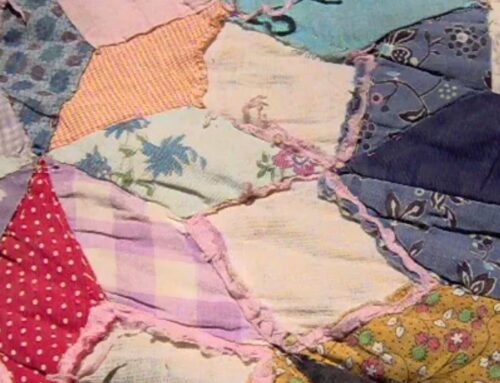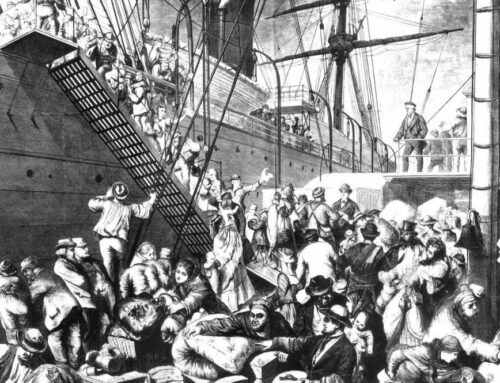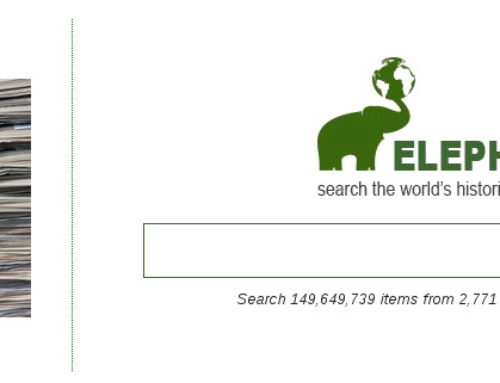Today a meditation on the genealogy sands of time.
Since our trip to my great-grandmother’s village in Sweden was postponed in August, I’ve been redoing my home office instead. Every.single.thing in this room, used for the past 20+ years, was carried out, examined, retained or discarded. I shall draw a veil over this process, except to say my husband is amazing and we are still married.
My First Ancestor Chart
Mostly this clean-out was tedious. Until, deep in the files, I unearthed the first Ancestor Chart I ever completed. Just as the cobbler’s children always need shoes, this archivist did not know she still had this 41-year-old document in her possession. (I drily note the optimism of numbering three succeeding pedigree charts at this point in my research.)
The Cobbler Tries to Make Her Own Shoes
I was just about seven months in to my first professional library position at the age of 23, as the head of a local history and genealogy department at a Colorado public library. Every day the line stretched out the door with eager new genealogists who had been inspired by the Roots miniseries to look into their own family histories.
In order to better help these library users, I realized I needed to systematically undertake my own family history research. I’d always been interested, of course, but was busy with school. So, I did what I advise all beginners to do and talked or wrote to my relatives. And from that I cobbled together the pedigree chart above (yes, paper and typewriter were involved).
All eight of my great-grandparents came to the United States from various European and Nordic countries, well after the Civil War. They met in Chicago, where they married, and raised families. So from this European polyglot distilled into a major American city, I dove in. And in the days before the Internet, mostly I failed. After all, in those Dark Ages, there were no there were no census indexes.
Genealogy Sands of Time
In time, the Internet and digitization transformed all genealogy research. And not just for me, as a third-generation white American, but also for people researching ancestors from a host of ethnicities, races, religions, and countries. In 1978, most library users needed resources for the UK and colonial and 19th-century America. I felt a bit left out of genealogy then, trying to research white European ancestors arrived after 1880. I cannot begin to imagine was it was like for African American, Latinx, and Asian colleagues and researchers. I’m so happy we meet today on a much more level archival-research playing field.
And how wonderful that the Salt Lake Institute of Genealogy celebrates their 25th anniversary next January by offering a variety of courses for different ethnicities.
The End of the Beginning
Of course, I had to compare what I’d gathered 40 years ago (when I was five years old, of course!) with what I know now. I note the names were essentially the same, but the events, dates, and locations were pretty far off.
Happily, I now know a great deal about all eight of my great-grandparents….and so many generations of their ancestors, too. Since 2013, I’ve used this research to go on a genealogy pilgrimage of sorts, visiting each of their birthplaces. And on those trips, I’ve satisfied that deep craving all genealogists have: to walk where ancestors walked.
I wish the same for you.






Wow, I so need to do this too.